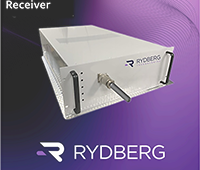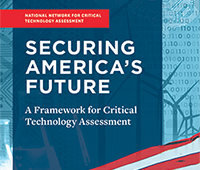 STOCKHOLM (AP) — Three U.S.-based scientists won the 2013 Nobel Prize in chemistry for developing powerful computer models that others can use to understand complex chemical interactions and create new drugs.
STOCKHOLM (AP) — Three U.S.-based scientists won the 2013 Nobel Prize in chemistry for developing powerful computer models that others can use to understand complex chemical interactions and create new drugs.
Research in the 1970s by Martin Karplus, Michael Levitt and Arieh Warshel has helped scientists develop programs that unveil chemical processes such as the purification of exhaust fumes or photosynthesis in green leaves, the Royal Swedish Academy of Sciences said. That kind of knowledge makes it possible to optimize catalysts for cars or design drugs and solar cells.
“This year’s prize is about taking the chemical experiment to cyberspace,” said Staffan Normark, the academy’s secretary.
Karplus, an 83-year-old U.S. and Austrian citizen, is affiliated with the Univ. of Strasbourg, France, and Harvard Univ. The academy said Levitt, 66, is a British, U.S. and Israeli citizen and a professor at the Stanford Univ. School of Medicine. Warshel, 72, is a U.S. and Israeli citizen affiliated with the Univ. of Southern California in Los Angeles.
Warshel told a news conference in Stockholm by telephone that he was “extremely happy” to have been woken up in the middle of the night in Los Angeles to find out he had won the prize and looks forward to collecting it in the Swedish capital in December.
“In short, what we developed is a way which requires computers to look, to take the structure of the protein and then to eventually understand how exactly it does what it does,” Warshel said.
When scientists wanted to simulate complex chemical processes on computers, they used to have to choose between software that was based on classical Newtownian physics or ones based on quantum physics. But the academy said the three laureates developed computer models that “opened a gate between these two worlds.”
The strength of their methods is that they can be used to study all kinds of chemistry, it said.
“Scientists can optimize solar cells, catalysts in motor vehicles or even drugs, to take but a few examples,” the academy said.
Working together at Harvard in the early 1970s, Karplus and Warshel developed a computer program that brought together classical and quantum physics. Warshel later joined forces with Levitt at the Weizeman institute in Rehovot, Israel, and at the Univ. of Cambridge in Britain, to develop a program that could be used to study enzymes.
Jeremy Berg, a prof. of computational and systems biology at the Univ. of Pittsburgh, said the winning work gives scientists a way to understand complicated reactions that involve thousands to millions of atoms.
“There are thousands of laboratories around the world using these methods, both for basic biochemistry and for things like drug design,” said Berg, former director of the National Institute of General Medical Sciences in Bethesda.
Many drug companies use computer simulations to screen substances for their potential as medicines, which lets them focus their chemistry laboratory work on those that look promising, he said.
Marinda Li Wu, president of the American Chemical Society, was equally enthusiastic about the award.
“I think it’s fabulous,” she said in a telephone interview. “They’re talking about the partnering of theoreticians with experimentalists, and how this has led to greater understanding.”
That is “bringing better understanding to problems that couldn’t be solved experimentally,” she said. “We’re starting as scientists to better understand things like how pharmaceutical drugs interact with proteins in our body to treat diseases. This is very, very exciting.”
Earlier this week, three Americans won the Nobel Prize in medicine for discoveries about how key substances are moved around within cells and the physics award went to British and Belgian scientists whose theories help explain how matter formed in the universe after the Big Bang.
Source: Associated Press




